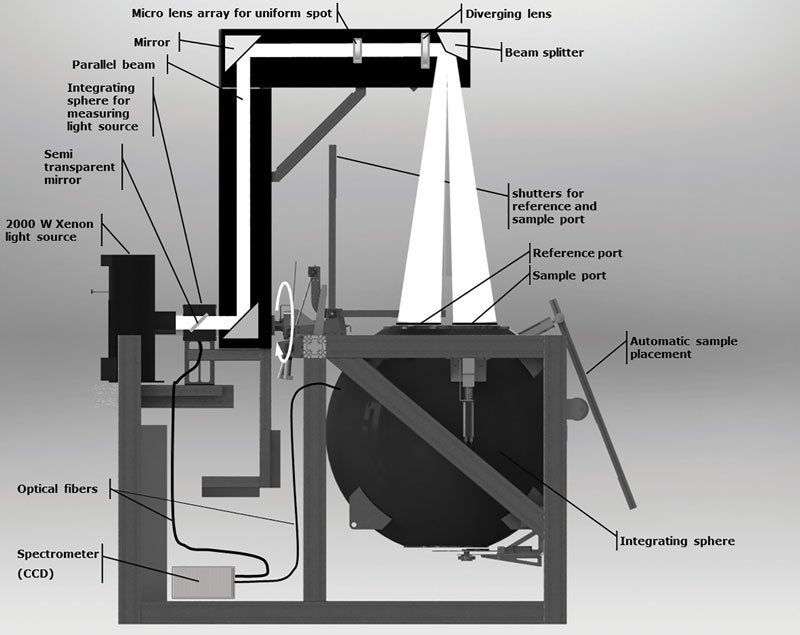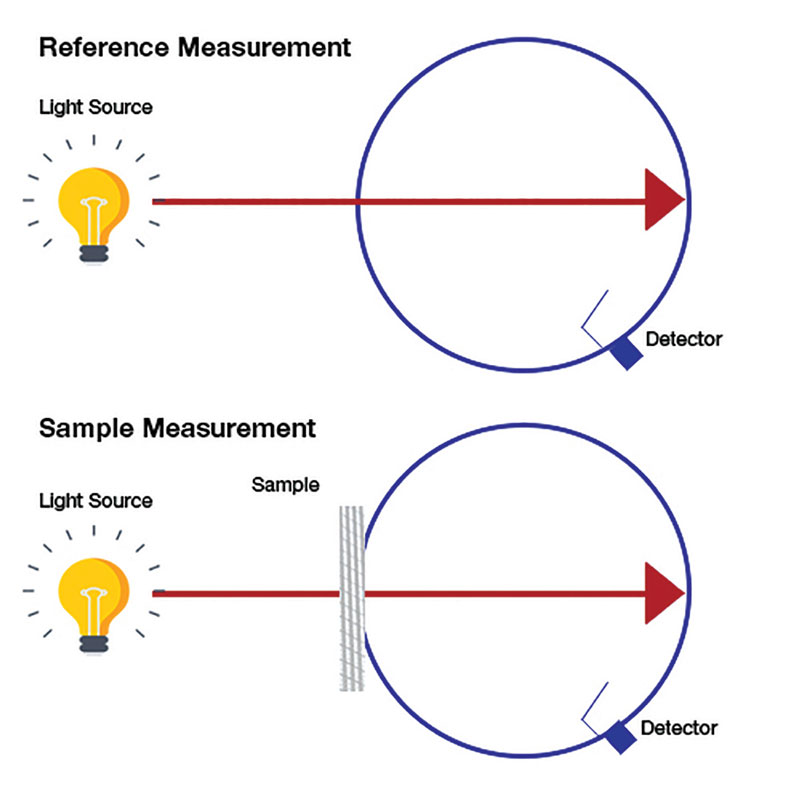11/1/2017
Keeping Us Honest
Mauricio Manotas

In today’s day and age, the way we obtain information is ever evolving, leaving us constantly overwhelmed with new and often differing information from sources like the Internet, social media, newspapers and the television. Navigating between fact and fiction to obtain trusted facts has become more challenging than ever before, making the spread of misinformation a growing threat that continues to influence our beliefs and decisions.
As the horticulture industry has become increasingly more competitive, greenhouse growers and their teams are expected to not only to run an efficient business operation, making smart decisions day in and day out, but they face expectations to embrace and understand the latest new technologies in the marketplace.
Understanding how challenging and daunting this task can be, Wageningen University & Research (WUR), one of the most prestigious agriculture universities in the world, has partnered with well-known traditional horticultural screen manufacturers Ludvig Svensson, Bonar Agro and Novavert to create a standardized method for measuring the light transmission properties of horticulture screens. Designed to make it easier for screen users and growers to compare apples to apples when considering different screen options, the new measurement protocol simplifies the screen-selection process.
With the development of a standardized light transmission measurement method, for the first time ever, growers have a basis that allows them to adequately compare available screen options and make decisions based on the results of an independent third party. Prior to this standardized method from Wageningen University, all available data was simply provided by the screen manufacturer.
How the protocol was developed
The initial focus on light transmission is based upon the principle that light is the energy source for plant growth and the economical production being dependent on a daily sum at plant level. Horticul-ture climate screens, which come in a variety of different types, are used to control light intensity or to keep applied heat inside the greenhouse and thus play a key role in light reaching the plant.
 The WUR measurement protocol was established using a light source, a lens, an integrated sphere and a detector. In order to stimulate natural conditions as close to reality as possible, different light paths and angles were introduced into the test.
The WUR measurement protocol was established using a light source, a lens, an integrated sphere and a detector. In order to stimulate natural conditions as close to reality as possible, different light paths and angles were introduced into the test.
There are two major principles of transmission measurement: a single beam and a double-beam system. A single-beam system measures the relative light intensity before and after a (screen) sample is inserted. The light transmission using the double beam system is determined by comparing the light intensity between two light paths—one path containing an open port and the second path through the (screen) sample.
Using both methods, along with a series of complex mathematical formulas, results in highly accurate light transmission values.
The light transmission values and complete results are now widely available from Wageningen University and the screen manufacturers who participated in the testing. The idea of protocols standardizing the ways in which specific properties are measured for different materials is the way of the future and should be embraced by the greenhouse industry as whole. Accountability from industry suppliers and the data they provide can be seen as a major step forward in making our industry more professional day-by-day. GT
Mauricio Manotas is President of Ludvig Svensson, Inc.